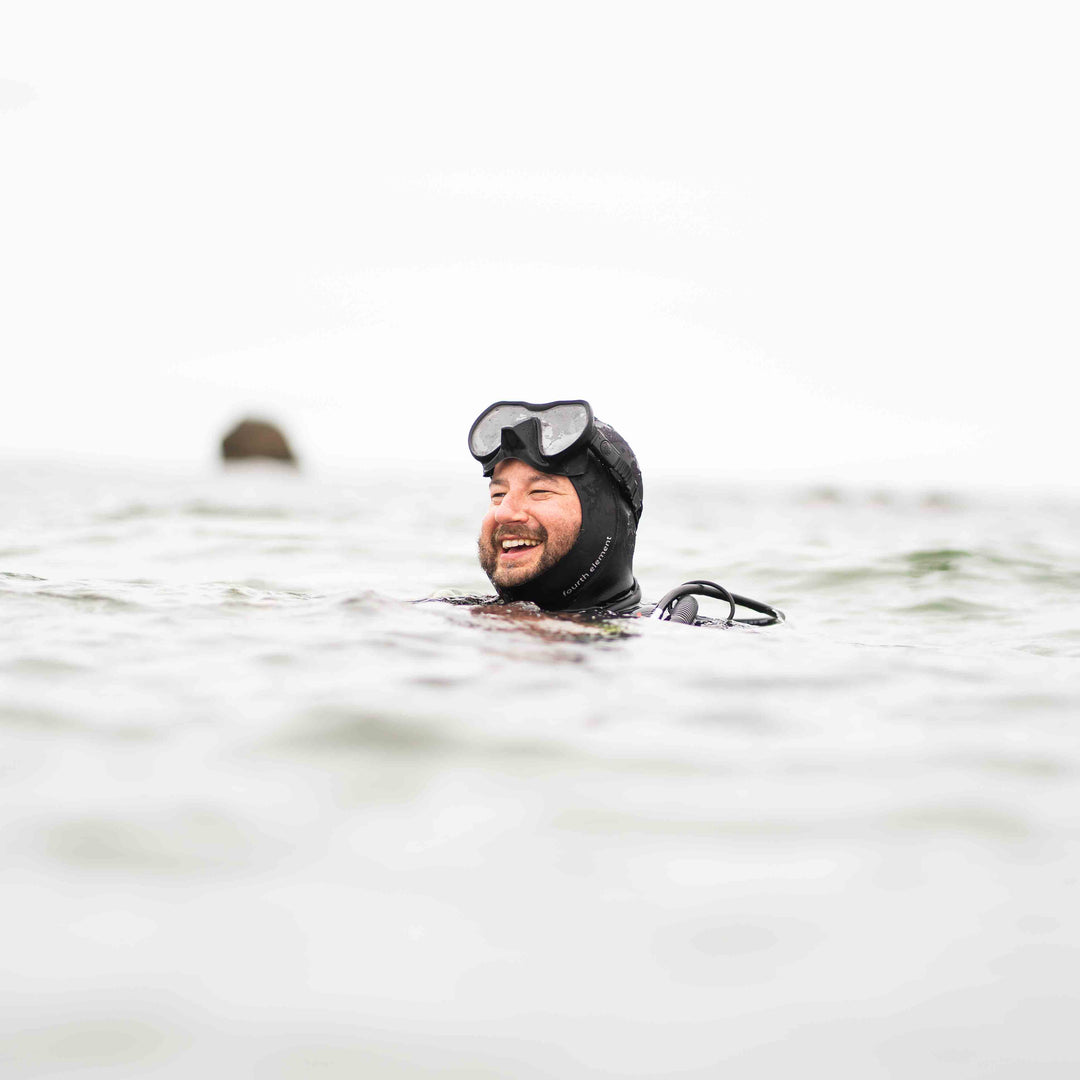Scouting is an essential part of kayaking for all levels of kayaker. As the river twists and turns, as it winds it’s way down the valley and as eventually you come across a horizon line or blind corner you will be presented with a wondrous, temporary mystery from the river. Sometimes these mysteries reveal themselves to be brilliant gifts filled with waves, boof’s and freefall… but sometimes they materialize into confused or constricted pieces of water, full of hazards such as trees, siphons or holes. Ultimately, it matters not which one it is, every piece of water has a way down or *around it, the most important thing is that these momentary mysteries do not take us by surprise. *By around I mean, all the way around, on the bank.
There have always been two main ways to scout, from the kayak or from the bank. Boat scouting is exciting, luxurious and fast as you don’t have to exit you kayak. It’s downsides are that you will only ever have a low line of sight, also if you get too close to the edge of the horizon line you risk having your scouting session cut short by being pulled downstream by the current. 
Scouting from the bank is almost always the safest way to scout. It enables you to see the whole of the rapid and gain numerous vantage points.
With the advent of increasing technological advances, I must now mention a third way to scout, by Drone. This nifty bit of tech enables you to get amazing views of the rapid but it does have one major downside, everything always looks smaller than it actually is. 
The method of scouting that we will be talking about today is scouting from the bank. Below are my 6 steps to scouting a rapid.
1. Check for hazards
Some rapids will have obvious hazards such as trees but often the most dangerous hazards are the less obvious, undercuts, siphons and slightly submerged rocks. Have a really good look over every part of the rapid and especially be aware of those duplicitous devils I mentioned earlier.
2. Break it down
When I am scouting a rapid I like to break it down into three parts, top, middle, and bottom or to be more apt - scary, fun and relieved. I like to scout it once from the top down and then once again in reverse order to make sure that I haven’t missed anything. It’s important to bear in mind here that each piece of the rapid will influence where you have to be in the adjoining pieces.
3. Line choice
When I spot a new rapid my mind is much like a three-year-old with his first set of crayons, an unobservant parent, and a white sofa, there are bright, colorful lines everywhere. Eventually, I will generally settle on three options, safe, cheeky and dream line. The safe line is my best guarantee of running the rapid fully in control and safely. The cheeky line I will add in a few moves or variations to my safe line, there will be a few moments where it might not work out but the chances are either really low that i’ll mess it up or they don’t have much consequence to them. My dream lines are the ones we all imagine while watching our favorite kayaking videos or fantasizing about not being in work. They generally include sequences of E.G leans, kick flips, huge stomps and the distinct possibility of not actually working out in the real world. Shame that.
4. Decision time
Depending on the rapid and how i’m feeling that day, I will make my call first on whether I actually want to run it or not and secondly on what line I am taking. The grading system never factors into this, it simply “yes” or “no” …or “next time”. Remember that there is no shame in making smart decisions and portaging. An important point here, never let anyone else’s line dictate your decision regardless of whether they styled it or crashed all the way down it. 
5. Set Safety
You should always plan and hope that you won’t need your friends to get you out of a sticky situation on the river but unfortunately, there are times when “Sh*t happens”. Come up with a solid safety plan with your crew and be ready to swap positions with them if they also want to run the rapid. 
6. SEND IT!
Hazards noticed, line choice made, safety set. There is now nothing left to do but enjoy the ride down! Or walk around it…
7. Relax and enjoy
Whether you sent it or you walked around it, either way, you have just successfully navigated a piece of whitewater that made you stop and give pause. Congratulations and enjoy the rest of the river and best of luck on your next adventures!
Remember to use the hashtags #dewerstone #shareyouradventures when posting your photos on Instagram to be in with a chance to win some epic prizes!
See you on the water,
Bren
Bonus points
I can’t believe that I have to mention this but there have been numerous kayakers caught out in recent years by not pulling their kayaks up the bank high enough. The river can surge or rise at any point and if you aren’t careful you may find that your kayak has become especially eager to send the rapid… without you.
Often the terrain that you will be scouting on will be tricky to walk on, make sure you take your time, especially on slippery rocks near the waters edge and be ready to help other members of your crew over tricky spots.
When Bren is scrabbling around on the rocks and through the jungle he likes to wear his stretchy jeans and SEND tee.










Leave a comment